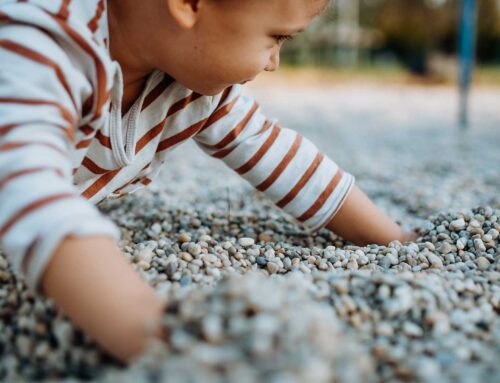Autism schools are educational institutions that cater specifically to students with autism spectrum disorder (ASD). They offer a variety of programs and services designed to meet the unique needs of autistic students, such as small class sizes, individualized instruction, and specialized therapies.
While autism schools can be a valuable resource for some students, they are not the only option for autistic students. In recent years, there has been a growing trend towards inclusion, where autistic students are educated alongside their typically developing peers in mainstream schools.
There are many benefits to inclusion for autistic students. When autistic students are included in mainstream classrooms, they have the opportunity to learn from and interact with a variety of students, which can help them to develop social skills and communication skills. Inclusion can also help to reduce stigma and promote acceptance of autism.
However, inclusion is not without its challenges. Autistic students may face a variety of barriers to success in mainstream classrooms, such as large class sizes, noisy and chaotic environments, and teachers who are not trained to meet their needs.
The importance of a personalized approach
The key to success for autistic students, whether they are attending an autism school or a mainstream school, is a personalized approach. Autistic students are a diverse group of individuals with a wide range of strengths, weaknesses, and needs. What works for one autistic student may not work for another.
That is why it is so important for schools to develop individualized education plans (IEPs) for autistic students. IEPs are tailored to the specific needs of each student and should outline their strengths, weaknesses, goals, and accommodations.
How to create an inclusive school environment
There are many things that schools can do to create a more inclusive environment for autistic students. Here are a few tips:
- Provide professional development for teachers and staff on autism spectrum disorder. This will help them to better understand the needs of autistic students and how to support them in the classroom.
- Create a sensory-friendly environment. This may involve providing quiet spaces, noise-canceling headphones, and fidget toys.
- Offer flexible seating options. Some autistic students may prefer to sit at a desk, while others may prefer to sit on the floor or on a bean bag chair.
- Allow students to take breaks as needed. Autistic students may need to take breaks from class to de-stress or to recharge their batteries.
- Encourage collaboration and peer support. Autistic students can benefit from working with and learning from their typically developing peers.
- Be patient and understanding. Autistic students may need more time to complete tasks and may need extra support in certain areas.
Conclusion
Autism schools and inclusion are both valid options for autistic students. The best option for a particular student will depend on their individual needs.
If you are considering an autism school for your child, be sure to visit the school in person and talk to the staff. Ask questions about their programs, services, and philosophy. It is also important to get your child’s input on the decision.
If you are considering inclusion for your child, talk to their teacher and school administrator about how they can best support your child’s needs. Make sure that they are familiar with your child’s IEP and that they are committed to creating an inclusive environment.
Here are some additional tips for parents and educators of autistic students:
- Advocate for your child’s needs. Don’t be afraid to speak up if you think that your child is not getting the support they need.
- Build a strong support network. Connect with other parents of autistic children and with professionals who specialize in autism.
- Celebrate your child’s strengths. Autistic students have many unique talents and abilities. Focus on your child’s strengths and help them to develop them.
Remember, every autistic child is different. What works for one child may not work for another. Be patient, understanding, and supportive, and work with your child to find the best educational setting for their needs.





We need to break down the stigma surrounding autism in Cambodia. People with autism are just like everyone else, and they deserve to be treated with respect and dignity.
We need to create more inclusive spaces for people with autism in Cambodia. This includes making sure that schools, workplaces, and public spaces are accessible and welcoming to everyone.